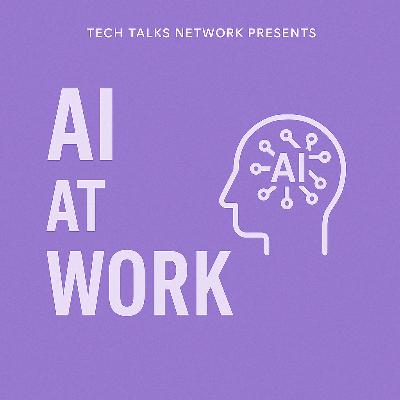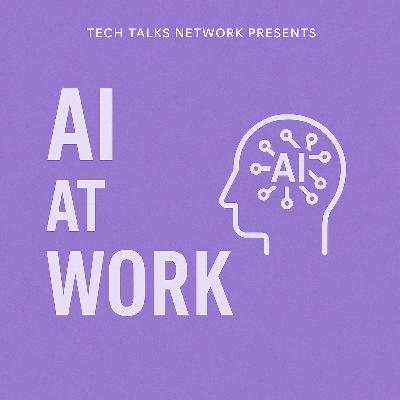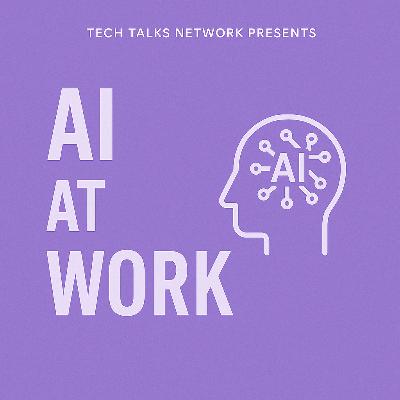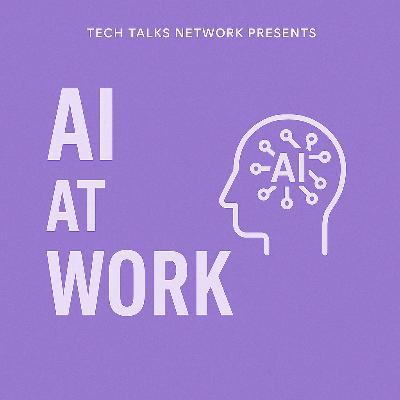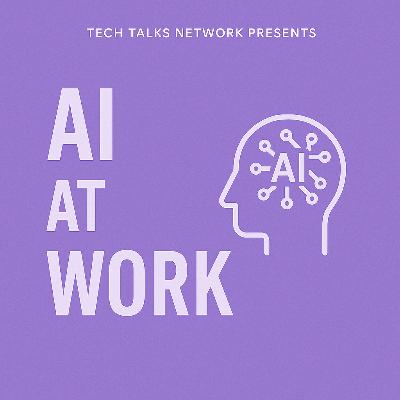I invited Kyle Hauptfleisch, Chief Growth Officer at Daemon, to strip the buzzwords out of AI and talk plainly about what moves the needle at work. The conversation began with an honest look at why so many pilots stall. It ended with a calm, workable path for leaders who want results they can measure rather than demos that gather dust. Along the way we compared two very different mindsets for adoption, AI added and AI first, and what that means for teams, accountability, and the way work actually gets done.Here’s the thing. Plenty of organisations raced into proofs of concept because a board memo said they had to. Kyle has seen that pattern play out for years, and he argues for a simpler starting point. You do not need an AI strategy in a vacuum. You need a business strategy that names real constraints and outcomes, then you pick the right kind of AI to serve that plan. AI Added vs AI FirstThis distinction matters. AI added means dropping tools into the current way of working. Think code generation that saves hours on day one, only to lose those hours later in testing, release, or approvals. The local gain never flows through to the customer.AI first asks a harder question. How do we change the workflow so those gains survive from whiteboard to production? That can mean new handoffs, fresh definitions of ownership, and different review gates. It is less about tools, more about the shape of the system they live in.Accountability sits at the center. Kyle raised a scenario where a lead might one day direct fifty software agents. The intent behind those agents remains human. So does the responsibility. Until structures reflect that, companies will cap the value they can safely realise.From Pilots to ProductionKyle offered a simple mental model that avoids endless experimentation. Picture a Venn diagram with three circles. First, a real constraint that people feel every week. Second, usefulness, meaning AI can change the outcome in a measurable way. Third, compartmentalisation, so the work sits far enough from core risk to move fast through governance. Where those circles overlap, you have a candidate to run live.He shared a small but telling example from Daemon. Engineers dislike writing case studies after long projects. The team now records a short conversation, transcribes it with Gemini inside a safe, private setup, and drafts the case study from that transcript. People still edit, but the heavy lift is gone. It saves time, produces more human stories, and proves a pattern the business can repeat.Leaders can start there. Pick a contained problem, run it in production, measure the outcome, and tell the truth about the bumps. That story buys trust for the next step, which is how you scale without inflating the promise.Humans, Accountability, and CultureWe talked about the fear that AI erases the human role. Kyle’s view is steady. Models process data. People set intent, judge context, and carry the can when decisions matter. Agents will take on more tasks. The duty to decide will remain with us.Upskilling then becomes less about turning everyone into a prompt whisperer forever and more about teaching teams to think with these tools. Inputs improve, outputs improve. Middle managers, in particular, gain new leverage for research, planning, and option testing. The job shifts toward framing better questions and challenging the first answer that comes back.



